Understanding YouTube Advertising Costs in 2025
Want to save time?
Summarize this article in seconds with AI
In 2025, YouTube remains a dominant force in the social media advertising world. With its vast reach and diverse audience, businesses of all sizes are keen to leverage this platform. However, understanding the costs involved can be complex. Let's break down the factors influencing YouTube advertising cost this year.
2025 YouTube Ad Costs: Key Takeaways
💰 Main Ad Types and Costs
- Skippable in-stream ads: Play before, during, or after a video. You're charged only when a viewer watches for more than 5 seconds. CPV (Cost Per View) is around US$0.10 - $0.30. Best for longer content.
- Non-skippable in-stream ads: 15-20 seconds long and cannot be skipped. CPM (Cost Per Mille, or per thousand impressions) is around US$6 - $10. Ideal for short, impactful messages.
- Bumper ads: 6-second, non-skippable ads designed to boost brand recall. CPM (Cost Per Mille) is around US$10, making them more expensive.
- In-feed video ads: Appear on the YouTube homepage, search results, and more. You pay per view. CPV is around US$0.10, making them cost-effective.
- Masthead ads: Located at the very top of the YouTube homepage, they offer high visibility. Available on a reservation basis, costing roughly US$300,000 - $400,000 per day.
📈 Factors Influencing YouTube Ad Costs:
- Ad format: Different formats have varying pricing models and costs.
- Target audience: The more precise your targeting, the higher the cost.
- Bidding strategy: Higher bids can secure a more prominent ad placement, but also increase costs.
- Seasonality: During holidays and other popular seasons, increased competition drives up costs.
📝 Budgeting and Strategy Tips:
- Entry-level budget: Most businesses start with a daily budget of US$10 - $50.
- Optimization strategy: Investing in high-quality video production, precisely targeting your audience (e.g., by age, interest, or location), and consistently monitoring and optimizing ad performance (for instance, through A/B testing) can significantly improve ad effectiveness.
How much does it cost to advertise on YouTube?
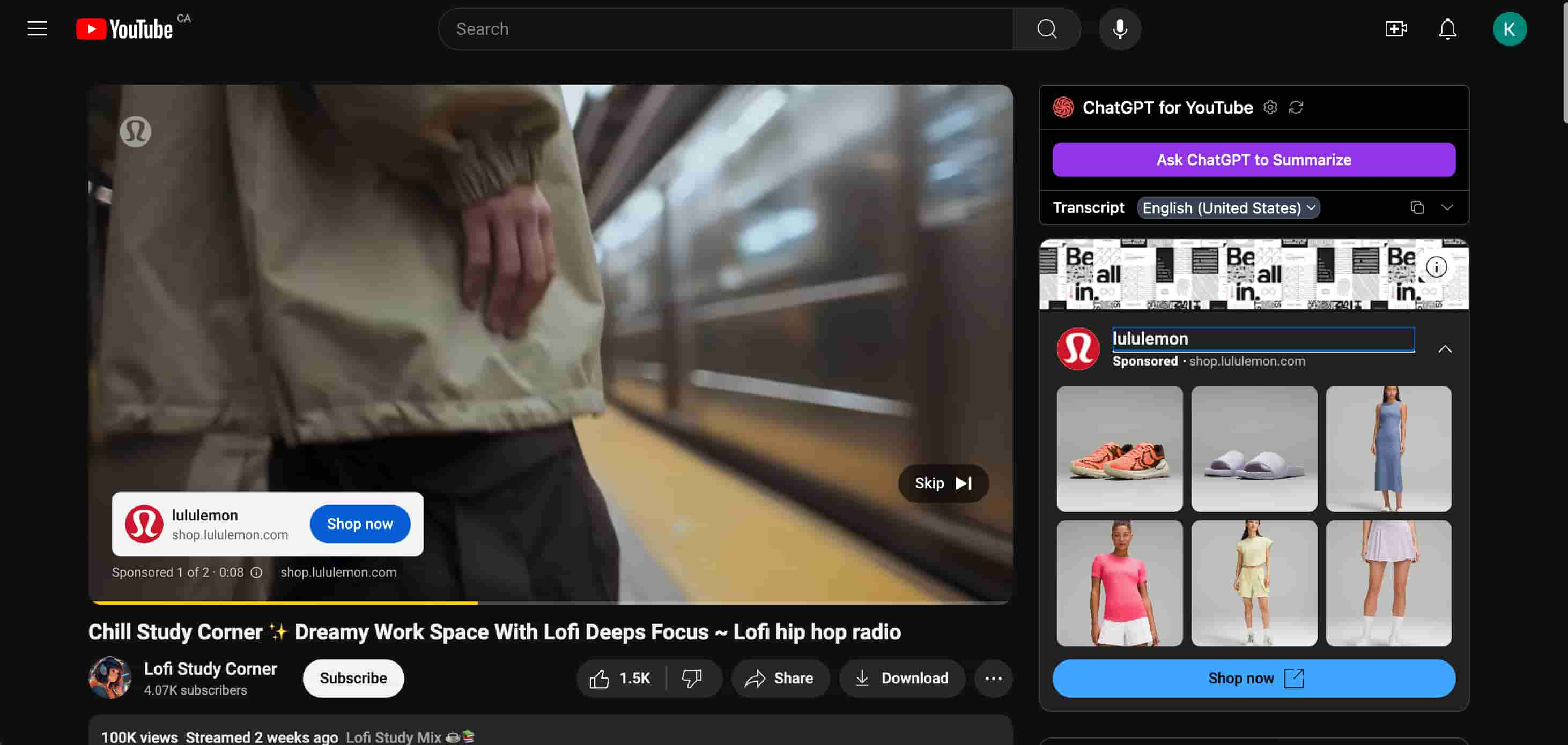
- Skippable ads (skippable pre-roll) appear before, during, or after a video. They can be skipped after five seconds. These ads' cost-per-view (CPV) is US$0.10 to $0.30. This is a great way to capture engaged viewers as only those who watch beyond the first five seconds are counted as views.
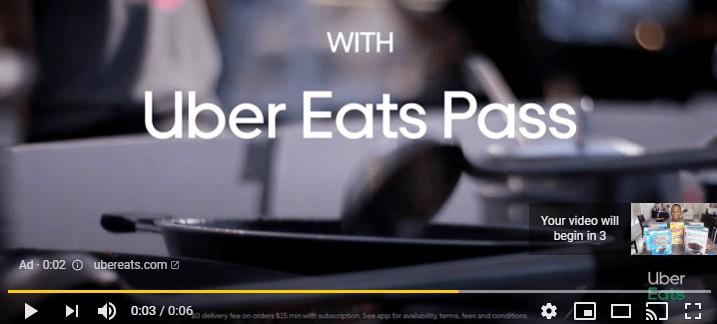
Source: TubeRanker
- Non-Skippable Ads (unskippable pre-roll) are 15-20 seconds long and cannot be skipped, ensuring the entire advertising message is delivered. This type of YouTube ads cost around US$6 to $10 per 1000 impressions (CPM). They effectively deliver concise, impactful messages where complete viewer attention is needed.
- YouTube bumper ads cost on average of US$10 CPM. More on the expensive side. They are six seconds long and non-skippable. For advertisers looking to increase brand recall and cover all bases, this is a great YouTube Ad format!
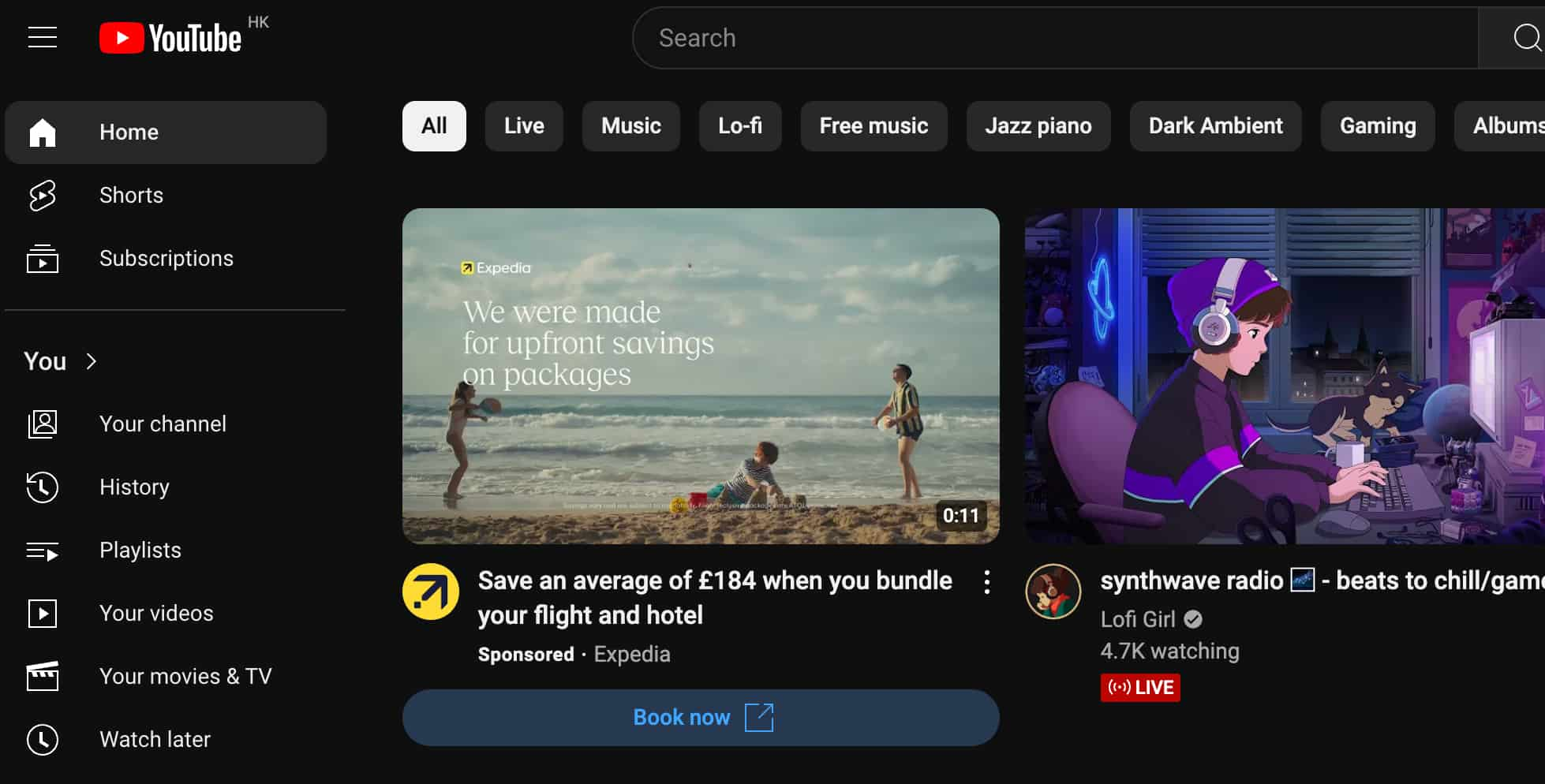
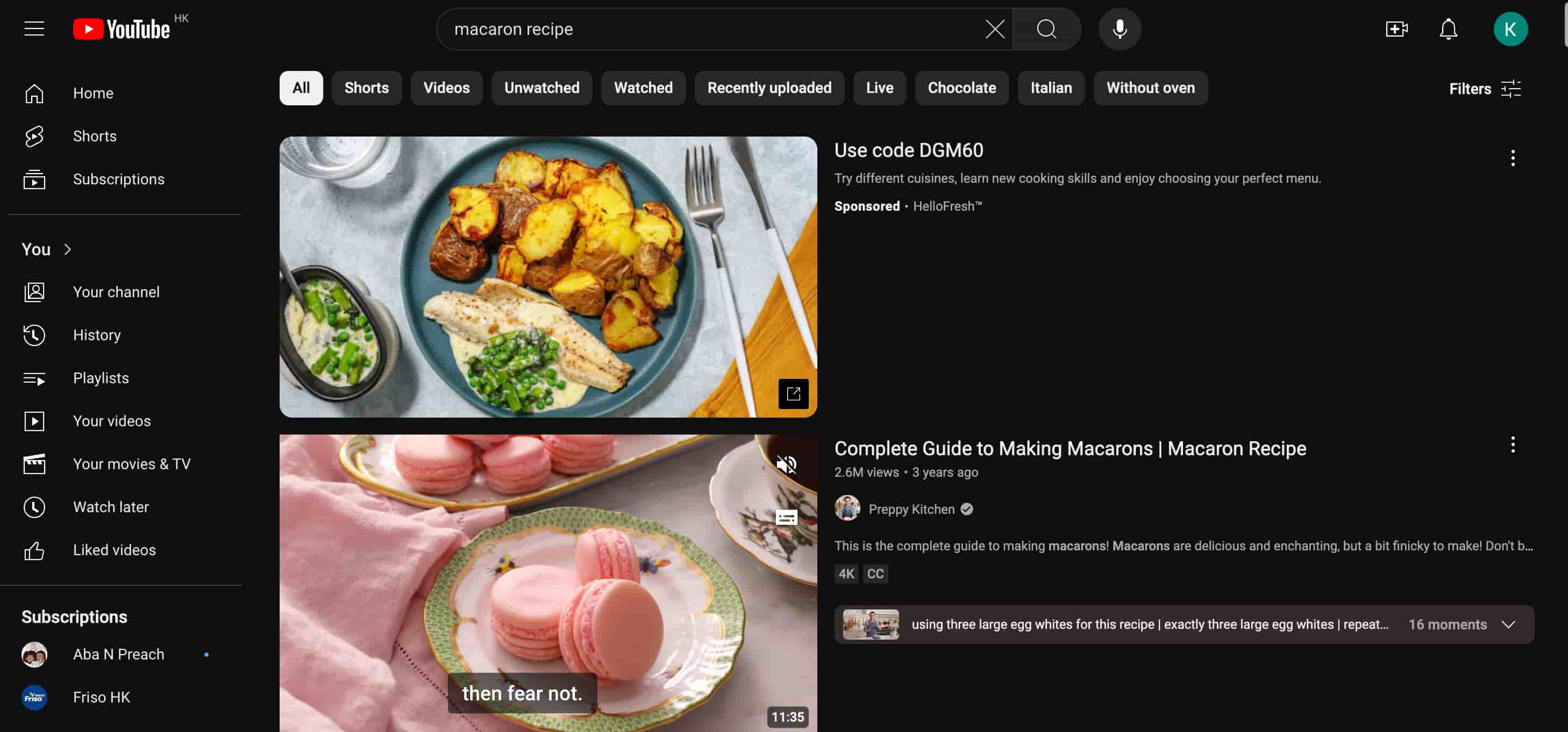
- In-Feed Video Ads appear on the YouTube homepage, search results, and related video suggestions. The CPV averages at around US$0.10. It is a cost-effective option for SMEs.
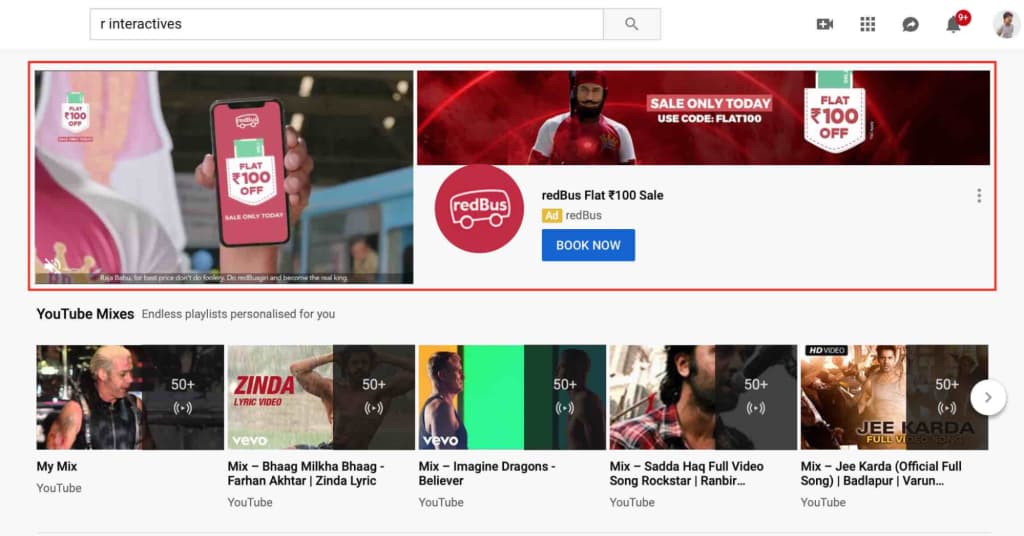
Source: MegaDigital - YouTube Masthead Ads appear at the top of the YouTube homepage for 24 hours. These ads are reservation only and have a daily rate between US$300,000 to $400,000 per day, reaching millions of users. It is usually used by larger brands with a higher budget.
Factors Influencing YouTube Ad Costs
- Ad Format and Type: Different YouTube ad formats have varying costs. For example, bumper ads usually cost more per impression compared to skippable ads due to their guaranteed viewership.
- Targeting Options: YouTube advertising cost can vary based on how narrowly the target audience is defined. More specific targeting often results in higher costs due to increased competition.
- Bidding Strategy: YouTube ads are purchased through a bidding system. Advertisers set a daily budget and bid for ad placements. Higher bids can secure more prominent ad spots but also increase costs.
- Seasonality: YouTube ads cost can fluctuate with demand. Periods like the holiday season see higher competition, driving up costs.
Related article:
Influencer Marketing Hong Kong
How to budget for YouTube ads?
After defining your marketing goals, it's time to take the crucial step of setting an advertising budget that serves your needs best! If you are only beginning, starting with a daily budget of US$10 to $50 is ideal. You can adjust along the way based on performance. Also, A/B testing different ad creatives and audience targeting options to optimize spending and achieve desired outcomes.
YouTube Advertising Cost-Effective Strategies
High-Quality Video Production: A professionally produced video can positively influence brand image and increase potential engagement. These are some things to pay attention to:
- Editing: Smooth transitions and visually appealing effects.
- Clear Messaging: A "to the point" and attractive call-to-action (CTA).
- Sound and Lighting: Great audio and visual harmony to avoid distracting viewers.
- Storytelling: An emotional connection with a compelling story.
- Editing: Smooth transitions and visually appealing effects.
Targeting and Retargeting: YouTube's precise targeting tool is there to help you so you can reach your desired audience. This can also dramatically affect your YouTube advertising cost, depending on how specific your audience is and the size of them. Consider these about your audience:
- Demographics: Age, gender, parental/marital status, income level, occupation, etc.
- Interests: Habits and behaviours. What do they like? What do they do online? What are they looking for?
- Geographics: Where is your audience located?
- Retargeting: Re-engage the audience who have previously interacted with your brand to increase the chance of converting them.
- Demographics: Age, gender, parental/marital status, income level, occupation, etc.
Monitoring and Optimization: You must monitor and optimize the campaign if needed throughout the entire duration for the best results.
- Track Key Metrics: Focus on metrics like view-through rate (VTR), click-through rate (CTR), and conversion rate.
- A/B Testing: Try different ad variables to find the most effective combo.
- Adjust Bids and Budgets: Consider allocating more resources to high-performing ads and stray away from ones that are not performing.
- Refine Targeting: Use campaign data to improve your targeting parameters so it is more accurate.
- Track Key Metrics: Focus on metrics like view-through rate (VTR), click-through rate (CTR), and conversion rate.
In conclusion, YouTube advertising offers flexible options to suit various marketing needs and budgets of SMEs in Hong Kong. Understanding YouTube ad costs and how to strategically plan campaigns can help businesses take advantage of this large and diverse user base more effectively.
 Cookie preferences
Cookie preferences








 Xiaohongshu Advertising Guide: How Can Hong Kong Brands Maximize Their Results?
Xiaohongshu Advertising Guide: How Can Hong Kong Brands Maximize Their Results?
 2x your advertising effectiveness: Master big data to optimize ad ROI
2x your advertising effectiveness: Master big data to optimize ad ROI
 Top 5 Best Ads in 2025 in Hong Kong
Top 5 Best Ads in 2025 in Hong Kong
 Hong Kong Outdoor Advertising Cost in 2026 | Adintime Report
Hong Kong Outdoor Advertising Cost in 2026 | Adintime Report
 Marketing Calendar 2026: Key Dates For Marketing Success
Marketing Calendar 2026: Key Dates For Marketing Success
 The Most Widely-Read Magazine and Newspaper in Hong Kong
The Most Widely-Read Magazine and Newspaper in Hong Kong
 Understanding YouTube Advertising Costs in 2025
Understanding YouTube Advertising Costs in 2025
 OOH /DOOH advertising in Hong Kong: Formats and Rates (2025 Update)
OOH /DOOH advertising in Hong Kong: Formats and Rates (2025 Update)
 How much does LinkedIn Advertising Cost? (2025 Update)
How much does LinkedIn Advertising Cost? (2025 Update)
 Press Ad Basics: Types, Formats and Ad Price
Press Ad Basics: Types, Formats and Ad Price